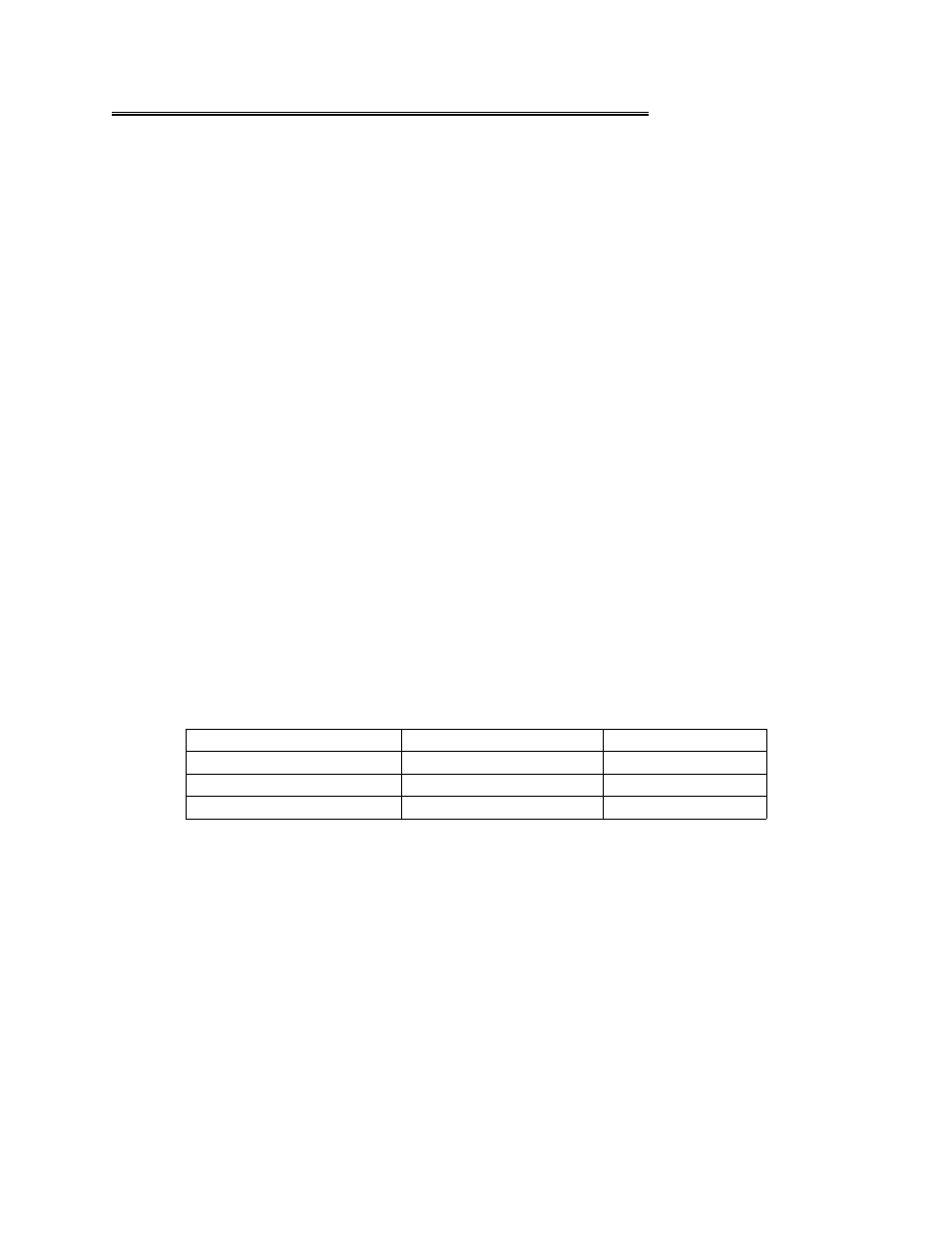Signal resolution and conversion speed, 2 signal resolution and conversion speed – Measurement Computing CIO-DAS-TEMP User Manual
Page 10

5.2 SIGNAL RESOLUTION AND CONVERSION SPEED
The voltage to frequency converter provides a resolution dependent on the sampling rate. The lower the
sampling rate, the hig her the resolution. Sam pling rates may vary from 25 sam ples per second
(approximately 16-bit resolution) to 4,000 samples per second (approximately 8-bit resolution). For most
temperature measurement applications, rates up to 200 Hz are useful.
The formula for the resolution of the board is:
Full scale range / counts in counter 1
500
µA / (2 <= N <= 65,535 )
The duration of one count is 0.5
µs because the CLK input is 2 MHz
The CIO-DAS-TEMP is constructed of a current-to-voltage front-end and a v oltage-to-frequency
converter. T he V/F converter outputs a frequency that is proportional to the v oltage of its input.
Resolution increases with sample time since the V/F conversion is an average of the signal over the time
of the conversion. The longer the V/F has to settle, the more precise the measurement.
Note that the signal you are measuring should be stable ov er the period of measurement. The
CIO-DAS-TEMP is not desig ned for measurement of very rapid changes in temperature. For example,
the maximum sampling rate for the CIO-DAS-TEMP is 200 samples per second. If your temperatures are
changing faster than 200 significant steps per second and you need to precisely trigger and sample that
temperature, you have the wrong product and should call technical support to discuss your application.
The CIO-DAS-TEMP is capable of rejecting line noise when the conversion rate is a multiple of the line
frequency of the power to the PC power supply. Here are the recommended conversion rates and the
accompanying resolutions:
400 Hz
0.1 °C
200 Samples/Second
50 Hz
0.0125 °C*
25 Samples/Second
60 Hz
0.015 °C*
30 Samples/Second
Line Frequency
Resolution
Rate
*Note: Exceeds the accuracy of the AD592 sensor.
6
